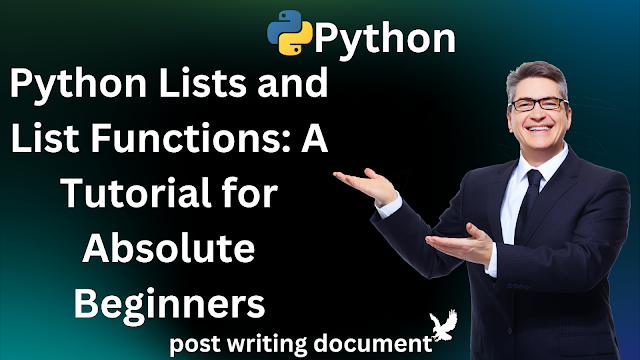What is a List?
A list in Python is an array-like data structure which allows for a set of objects, all of the same type or not, to be placed in a predetermined and well-ordered manner. The complement described above is based on the notion that lists are amorphous since they can be changed but they are not ‘’new’’ lists.
Creating a List
To create a list for example with elements named item_1, item_2, item_3 you would place these separated by commas inside square brackets [ ].
Accessing List Elements
You can access list items by their index. Remember, Python indexing starts at 0.
Modifying Lists
Lists are mutable, so you can change their elements.
List Functions and Methods
Python provides several built-in functions and methods for list operations.
Appending Elements
2.Inserting Elements
3.Removing Elements
4.Popping Elements
5.Finding the Index of an Element
6.Counting Occurrences of an Element
7.Sorting a List
8.Reversing a List
9.Clearing a List
10.Copying a List
This article focuses on Python lists before moving to the next section that highlights frequently used operations on the lists. You can practice these examples and go through further readings more to get more practice and feel stronger when it comes to lists in Python.
join our community for work this us
Tags:
Python
















